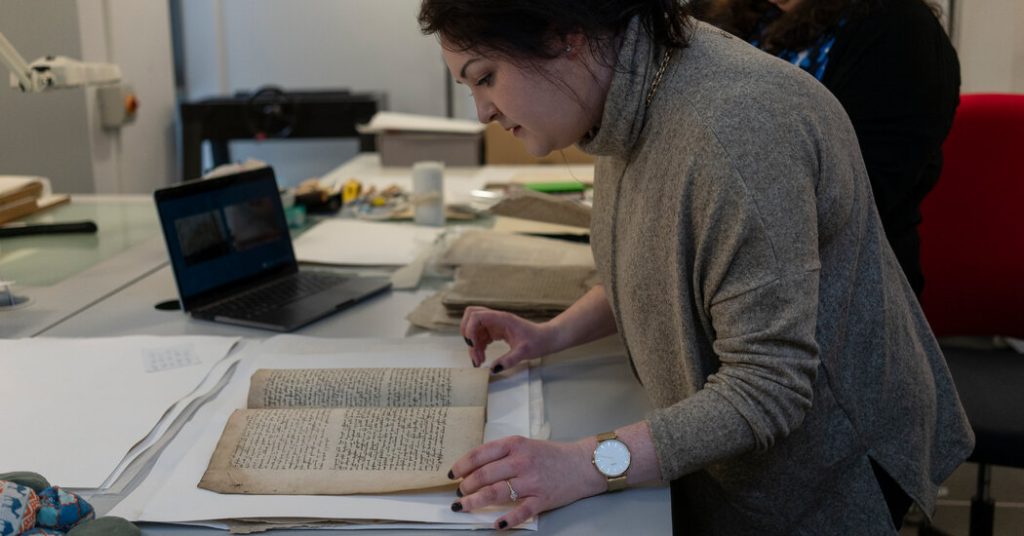In the pitched battle of the civil war in newly independent Ireland in 1922, a catastrophic explosion on June 30 destroyed the national Public Record Office in Dublin, along with centuries of historical records dating back to the Middle Ages. The loss of state secrets, church records, property deeds, tax receipts, and more was a devastating blow to Ireland’s emerging national identity. In an effort to reconstruct the lost archive, a team of historians, librarians, and computer experts based at Trinity College Dublin have located duplicates of a quarter of a million pages of records in libraries and archives around the world, including in the United States.
Funded by the Irish government, the Virtual Record Treasury of Ireland project aims to digitally recreate the lost archive using modern technologies like virtual imaging, online networks, and artificial intelligence language models, as well as traditional methods such as printed catalogs and human contacts. The project, still a work in progress, has seen high levels of interest with over two million visits to its website in less than two years. Utilizing a catalog published by the head archivist of the Public Record Office of Ireland prior to the fire, the project has been able to locate and digitize records from the 4,500 series listed in the catalog.
Partnerships with organizations in the United States, such as the Library of Congress and various universities, have been instrumental in uncovering lost records from Ireland’s history. Serendipitous discoveries, such as finding lost debates from Ireland’s 18th-century Parliament being used as fuel before being saved by Congress, have been a common occurrence in the hunt for missing documents. The project has also uncovered unexpected treasures, such as a 1595 letter requesting the conquest of Ulster, which sheds light on the colonial connections between Ireland and North America during the Elizabethan period.
The project’s use of artificial intelligence models has enabled archivists to translate ancient handwriting into searchable digital text, making the documents in the Virtual Treasury accessible to a wider audience. On the 100th anniversary of the records office fire in June 2022, the online archive went live, aiming to have 100 million searchable words by 2025. Progress has been made in recovering records from priority areas such as censuses before and after the Great Famine in the mid-19th century, with more than half of the details of the first nationwide census of Ireland in 1766 already retrieved and published.
The Virtual Treasury’s efforts to reconstruct the lost archive have been hailed as an example of international cooperation in the face of cultural loss. The project brings together collective cultures from multiple countries to achieve a common goal, demonstrating that borders are fluid when it comes to preserving and celebrating history. By incorporating records from various sources around the world, the project is not only restoring lost documents but also helping people of Irish descent trace their roots and better understand their heritage.


